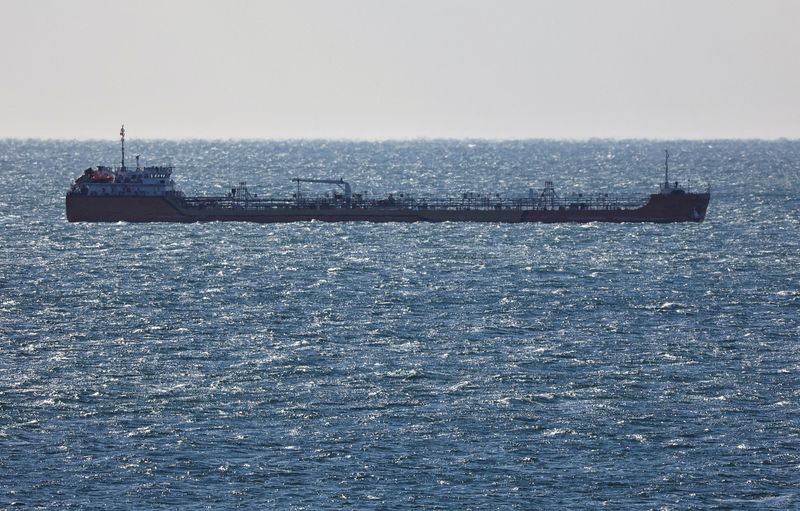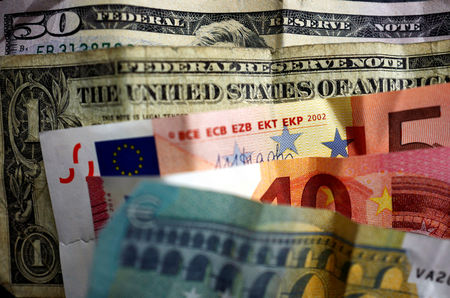
By Nicole Jao
(Reuters) -Oil prices edged lower on Wednesday after a smaller-than-expected draw in U.S. crude stockpiles and as concerns over Chinese demand persisted, though losses were capped by supply risks in the Middle East and Libya.
Brent crude futures were down 62 cents, or 0.78%, at $78.93 a barrel by 11:20 a.m. EDT (1520 GMT). U.S. West Texas Intermediate crude futures fell 66 cents, or 0.87%, to $74.87.
Prices lost more than 2% on Tuesday, having gained 7% over the previous three days to more than $81 a barrel for Brent and $77 for WTI.
U.S. crude inventories dropped by 846,000 barrels to 425.2 million barrels last week, government data showed, less than analysts’ expectations in a Reuters poll for a 2.3 million-barrel draw. Refining activity rose during the week.
“It is a little surprising to see such small crude draw if refinery runs were really that strong, at a six-week high,” said Matt Smith, lead oil analyst at Kpler. “Ongoing strength in imports and a tick lower in exports helped keep the draw in check,” he added.
China demand worries also continued to weigh on prices as recent data pointed to a struggling economy and slowing oil demand from refiners.
“Demand in China remains weak and the expected second-half rebound has yet to show credible signs of commencing,” Amarpreet Singh, an analyst at Barclays, said in a note.
ONGOING SUPPLY RISKS
The potential loss of Libyan oil output and the possible expansion of the Israel-Gaza conflict to include Iranian-backed militants from Hezbollah in Lebanon remained the largest risks to oil markets, limiting Wednesday’s price declines.
Several oilfields across Libya have halted output as a dispute continues between rival government factions over control of the central bank and oil revenue. The dispute puts about 1.2 million barrels per day (bpd) of production at risk.
There still has been no confirmation of any closures from the Tripoli-based government or from the National Oil Corp, which is in charge of oil resources.
The Libyan disruptions should tighten the oil market, considering real barrels are removed, but here investors want to see a drop in Libyan crude exports first, said Giovanni Staunovo, an analyst at UBS.
In the Middle East, fighting continued in the Gaza Strip between Israel and Hamas militants, with no signs yet of a concrete breakthrough in ceasefire talks in Cairo.

Over the weekend, Israel and Hezbollah bombarded each other with rockets and missiles across the Lebanese border.
Geopolitical risks will continue to put world crude oil prices on edge, said Tim Snyder, chief economist at Matador Economics.
This post is originally published on INVESTING.



